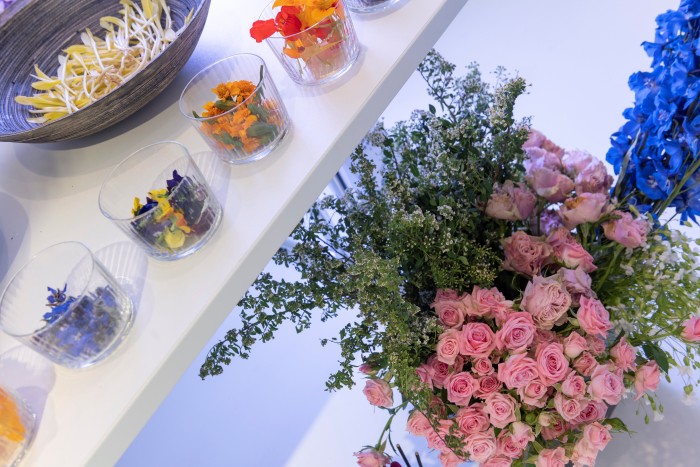
As the House of Suntory brings back its bartender programme Dojo, CLASS sits down with UK Brand Ambassador James Bowker to explore the Japanese approach to food pairing.
How is the Japanese approach to food pairing different to the Western model?
It’s not so much the case that Japanese ideas about food pairing are different to those we find in the UK as it is simply worth understanding the unique learnings we can gain from Japanese traditions of eating and drinking together to provide additional tools to our arsenal as bartender-sommeliers. Three key differences come to mind: First, the Japanese have a far keener sense of seasoning via pairings than we generally find in Western drinks – this can be via subtly seasoning your drink with things like Koji or Ponzu to enhance food, or via your drink effectively seasoning – or changing your perceptions of – any dishes it sits alongside. The umami profile of sake is famously such a good pairing because it makes many dishes taste deeper and richer than if they were simply served with water. Second, it is very common to eat food alongside mixed spirits, or even neat spirits – but understanding how they make this work with food provides great learnings for us in the UK. This connects to our third key learning regarding dilution and temperature – the Japanese spirits culture has historically diluted its drinks differently depending on the consumption occasion, including any pairings!
Is there more of an emphasis on matching flavours or contrasting them?
Both – of course! The idea of matching for me is distinct from simply having strawberry sours with a strawberry souffle – that would be incredibly dull. Rather, matching is the process of working out which flavours and products will support and enhance one another as you move between sipping and snacking. This requires balancing supporting ingredients alongside refreshing bursts of contrast.
How might the concept of DOJO be applied here? What are the key principles it teaches.
Dojo always focuses on the three pillars that underpin everything Suntory does: our inspiration from nature, our focus on authentic Japanese omotenashi hospitality and traditional monozukuri craftsmanship. We will be exploring in this session how the craftsmanship of Japanese Kaiseki cuisine incorporates a deep understanding of umami, temperature, dilution, psychological context and omotenashi in the experience of drinks service.
Do you have any key serves that showcase the interplay between food and cocktails/spirits?
One of my favourite ways to demonstrate this beautiful dance between dish and drink is via Toki Whisky. The most common pairing these days in Japan is a Suntory highball with robata, teppanyaki or yakitori. It is more refreshing than wine, less bloating than beer and, of course, affordable as an accompaniment to food. Trial a few different Japanese dishes with garnishes that are great for each – a Toki highball goes great with Grapefruit zest when alongside Karaage Chicken, but when alongside a sashimi salad, you might prefer a sprig of mint. With wagyu, however, I opt for less dilution and lengthen with viscous coconut water. For sushi, I simplify yet further, and simply serve as a ‘half rock’: one large ice ball with equal parts spring water and Toki whisky.


